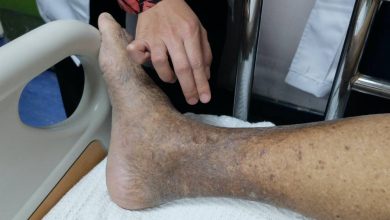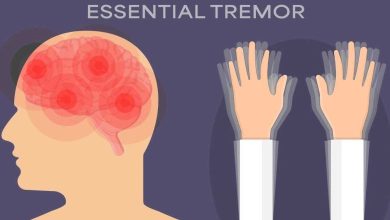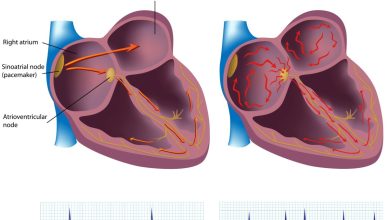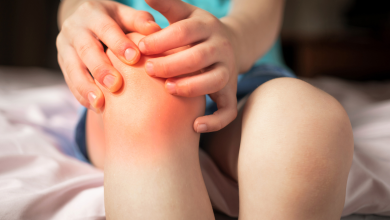Gynecomastia – A Condition That Occur In Males

What is gynecomastia?
Gynecomastia is basically the swelling that occurs in the tissues of a man’s breast caused due to the hormones imbalance called testosterone and estrogen. The condition can affect both or a single breast. Moreover, newborns, young boys entering their puberty stage, older men can develop the condition due to changes in their hormone levels normally, whilst other reasons to develop gynecomastia also exist.
Even though, the condition is not life threatening or serious, yet it can be difficult to cope with. Boys and men with gynecomastia can experience pain and tenderness in their breasts that can lead to embarrassment.
The condition may resolve by its own, however if continues, surgery or medication may help.
What are the symptoms of gynecomastia?
Symptoms include:
- Breast tenderness.
- Swollen gland tissue of the breast.
When is the high time to see a doctor?
Consult your doctor in case you notice:
- Pain.
- Swelling.
- Nipple discharge.
- Tenderness.
What are the causes of gynecomastia?
Compared by estrogen, decrease amount of testosterone (hormone) triggers gynecomastia. Few things tend to disturb the balance of hormone, including:
- Natural changes in hormone.
- Certain medications.
- Alcohol and street drugs.
- Health conditions.
- Certain herbal products.
What are the complications of gynecomastia?
The condition tends to cause some physical complications, however it can lead emotional or psychological problems caused due to appearance.
How is gynecomastia diagnosed?
The doctor would ask detail questions regarding your drug and medical history. He will also conduct a thorough physical examination of the breast tissue, genitals and abdomen. In order to find out the underlying cause of the condition, initial tests may include:
- Mammograms.
- Blood tests.
Further testing you need merely depend upon the previous test results. They include:
- Tissue biopsies.
- Testicular ultrasounds.
- MRI scans.
- CT scans.
How is gynecomastia treated?
Majority of the gynecomastia cases regress ultimately without needing any treatment. if the condition is triggered due to any underlying condition for example cirrhosis, malnutrition or hypogonadism, that condition would require treatment. Few treatments your doctor can suggest to treat gynecomastia include:
- Medications: certain medications prescribed for treating other conditions such as breast cancer, can help few individuals with gynecomastia. Example raloxifene (Evista) and tamoxifen (Soltamox).
- Surgery: despite primary observation or treatment, in case you still notice significant breast enlargement, then the second option for you is surgery. Moreover, two surgery options for you include: mastectomy (in the procedure, the surgeon will remove your breast gland tissue) and liposuction (the surgeon will remove your breast fat, rather your breast gland tissue).
Discuss the prevention of gynecomastia:
Certain factors that can minimize the risk to develop gynecomastia include:
- Avoid or reduce the consumption of alcohol.
- Avoid using illegal drugs such as androgens, steroids, marijuana, heroin and amphetamines.
- Review the medications you are taking, if they are known to trigger the condition, consult your doctor for other choices.
By : Natural Health News




